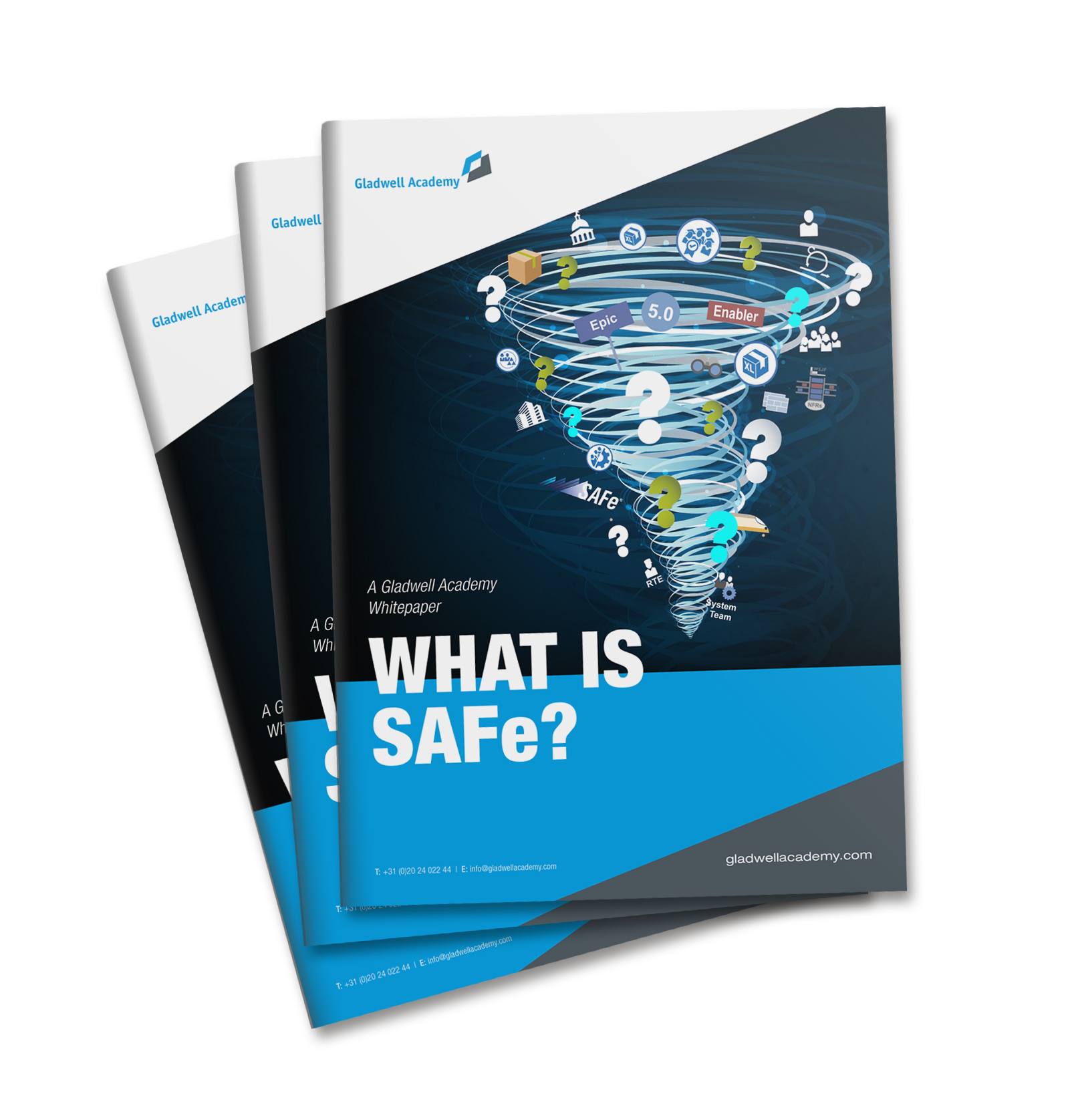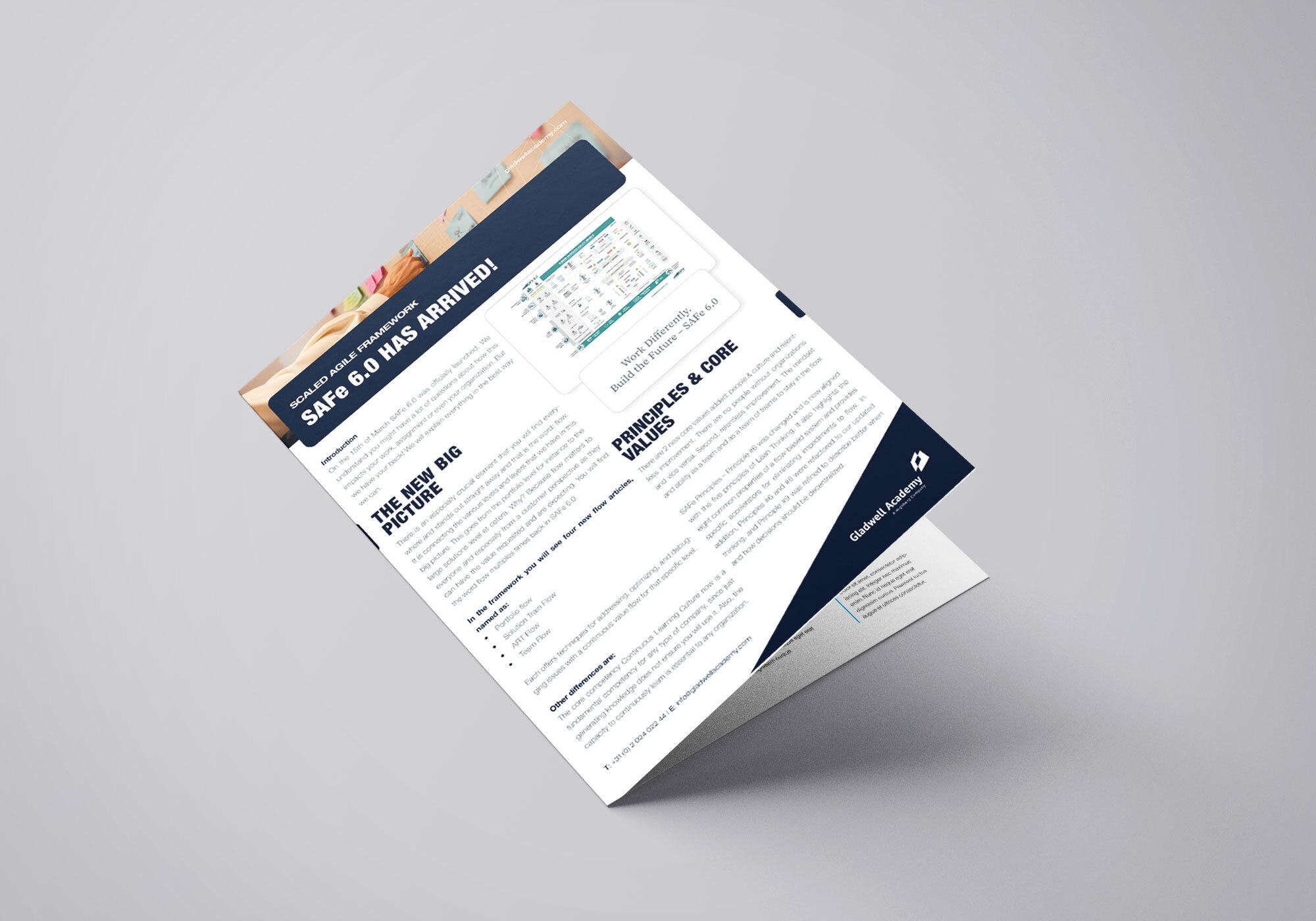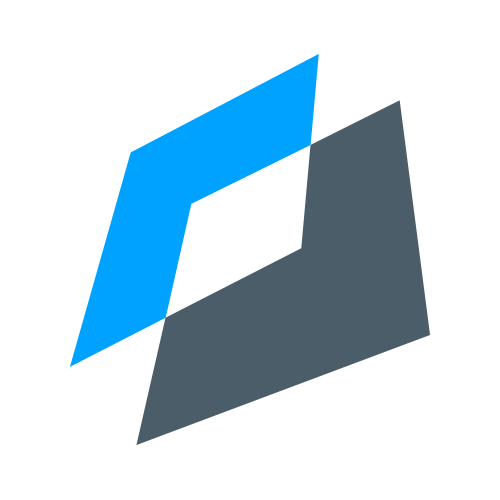Are you interested in SAFe (the Scaled Agile Framework) and do you want to know more? Download the free white paper "What is SAFe?"
What is the Scaled Agile Framework (SAFe)?
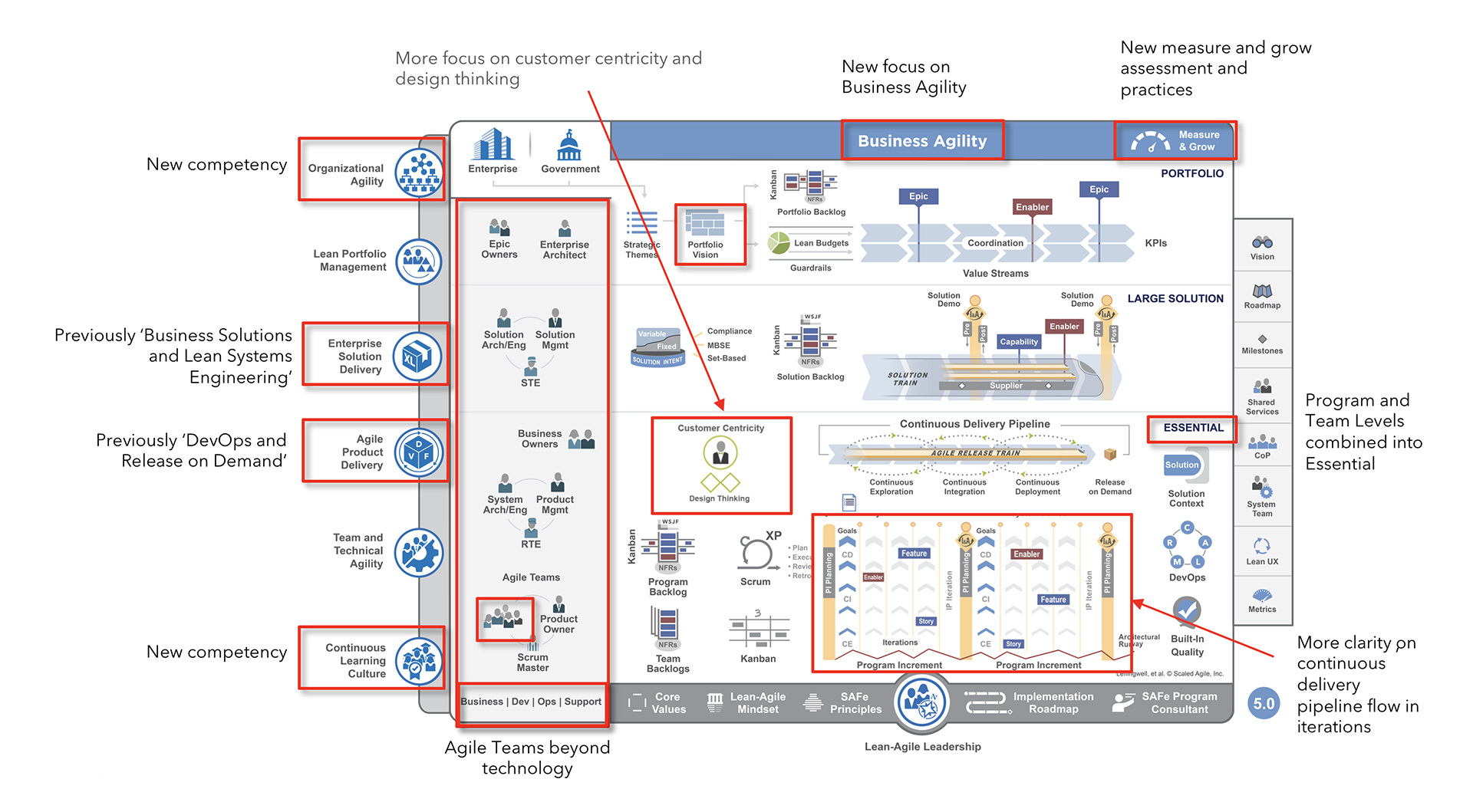
The SAFe Framework
The core belief of SAFe is simple: better software and systems make the world a better place. Scaled Agile helps enterprises achieve this mission through the SAFe network and through world-class courseware, training, and certification programs (© Scaled Agile, Inc).
The Core Values of the Scaled Agile Framework
Alignment: Alignment is necessary in order to keep pace with a rapidly changing environment, disruptive competitive forces, and geographically distributed teams. When projects are going according to plan, Agile Teams have a tendency to function well. However, the responsibility for developing strategy and ensuring alignment cannot rest exclusively with the combined effort of the teams, no matter how capable they are of functioning harmoniously. Rather, alignment must come from the previously decided Enterprise business objectives.
Built-in quality: Built-in quality ensures that every element and every increment of the solution or project achieved by a team reflects consistently high quality standards throughout the development lifecycle. Quality is not something to be “added later.” Ensuring built-in quality is a prerequisite of Lean and flow. Without it, the organisation is setting itself up to operate with large batches of unverified and unvalidated work. Excessive rework and slower velocities are the likely results of this poor approach.
Transparency: Trust is required to ensure transparency within teams and within an organization overall. However, trust can only begin to exist when the business and development teams can confidently rely on one another to act with integrity, even in tumultuous times of uncertainty and difficulty. Without trust, no one can build high-performance teams and programs, nor build or rebuild the confidence needed to make and meet reasonable commitments. Furthermore, without trust, working environments lack the fun and motivation which further facilitate productivity.
Program Execution: Of course, no part of SAFe is relevant anymore if teams are unable to bridge the gap between strategy development and execution, which is particularly what allows them to continuously deliver value. Therefore, the Scaled Agile Framework places an immense focus on working systems and business outcomes. History has shown us that while many enterprises start the SAFe transformation with individual Agile teams, they often become frustrated, since even those individual teams may end up struggling to deliver substantial amounts of solution value, both reliably and efficiently.
Why SAFe?
Despite the evident need for adaptability, many enterprises remain entrenched in legacy processes and outdated organisational hierarchies that impede their ability to rapidly detect and respond to signals from the marketplace. The result? Delays in project completion, constant stress within teams, and a bureaucratic framework that makes it impossible to get ahead.
Enterprises must embrace a more fluid way of working to compete effectively -- one that quickly allows for new technologies to be assessed, tested, analyzed, and acted upon. This “fail fast, succeed faster” mentality requires a fundamental shift in work culture and behavior, which is precisely what the Scaled Agile Framework facilitates within each and every organisation (© Scaled Agile, Inc.).
The SAFe roles
The Scaled Agile Framework has multiple different roles for team members:
A SAFe Agilist improves the adoption process of Lean-Agile mindset within the organisation.
A Release Train Engineer keeps the Agile Trains of an organisation on track.
A SAFe Program Consultant is the leading agent who implements the whole SAFe framework in the organisation.
A SAFe Scrum Master “helps educate the team in Scrum, Extreme Programming (XP), Kanban, and SAFe, ensuring that the agreed Agile process is being followed,” (Scaled Agile, Inc., 2021).
A SAFe Product Owner is a “member of the Agile Team responsible for defining Stories and prioritizing the Team Backlog to streamline the execution of program priorities while maintaining the conceptual and technical integrity of the Features or components for the team,” (Scaled Agile, Inc., 2021).
Our Vision of SAFe
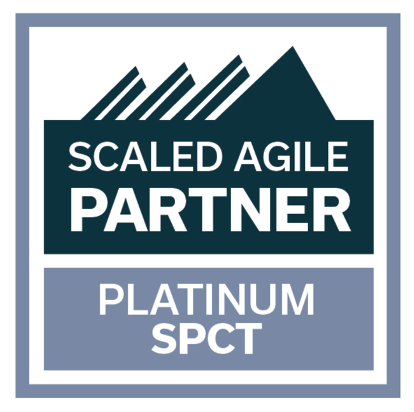
As a Scaled Agile SPCT Gold Partner, we at Gladwell Academy believe in Agility at scale and the power of the Scaled Agile Framework (SAFe) when it comes to successfully transforming organisations, in order to guide them in their journey to success in this competitive Digital Age. We have developed significant expertise in supporting large enterprises, government agencies, and individuals through every phase of the Lean-Agile transformation, having successfully trained 50,000+ professionals. And, the best part? We know that this is just the beginning.
Gladwell Academy provides the highest quality training, consulting, and coaching to support Lean-Agile transformations using SAFe. We are an authorized provider of all SAFe training courses, including trainings for SAFe Program Consultant (SPC), Release Train Engineer (RTE), Professional Scrum Product Owner (PSPO), and many more. With the help of our 70+ certified trainers, we are confident that we have what it takes to help you get ahead of the competition.
